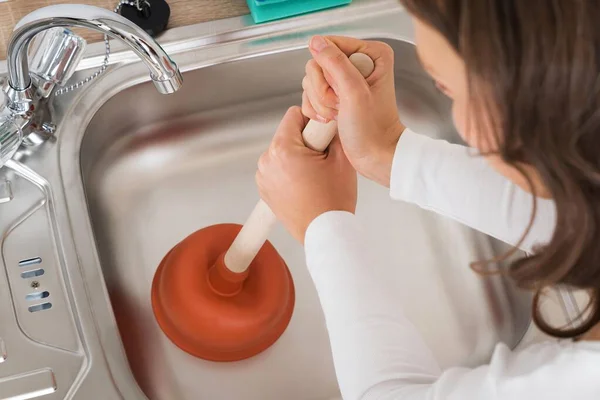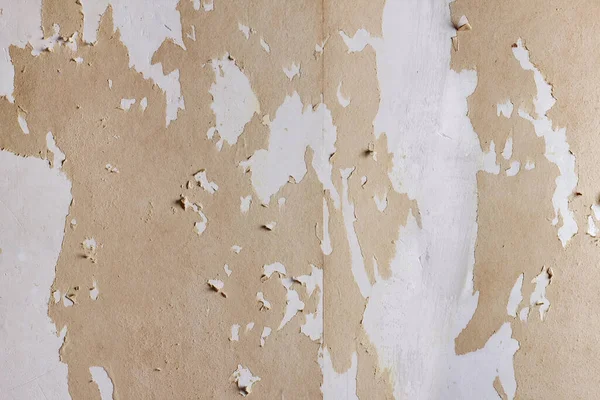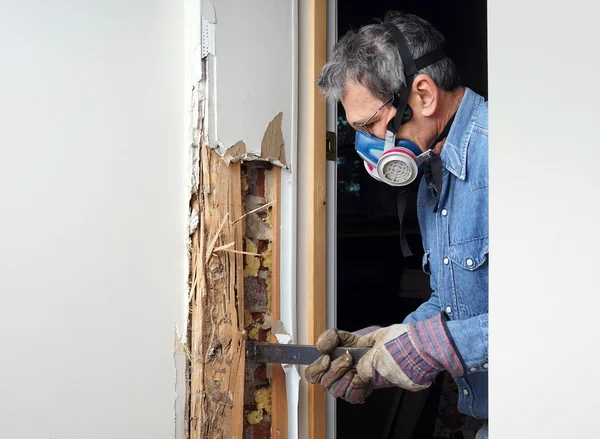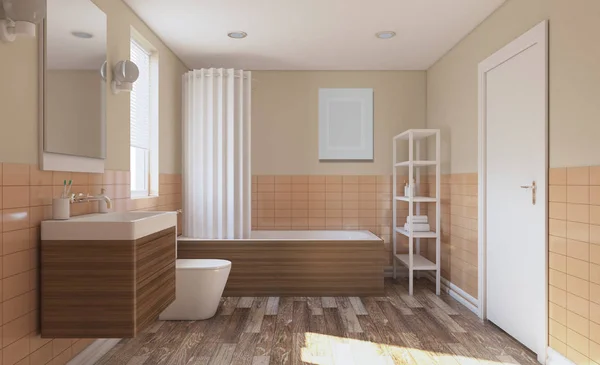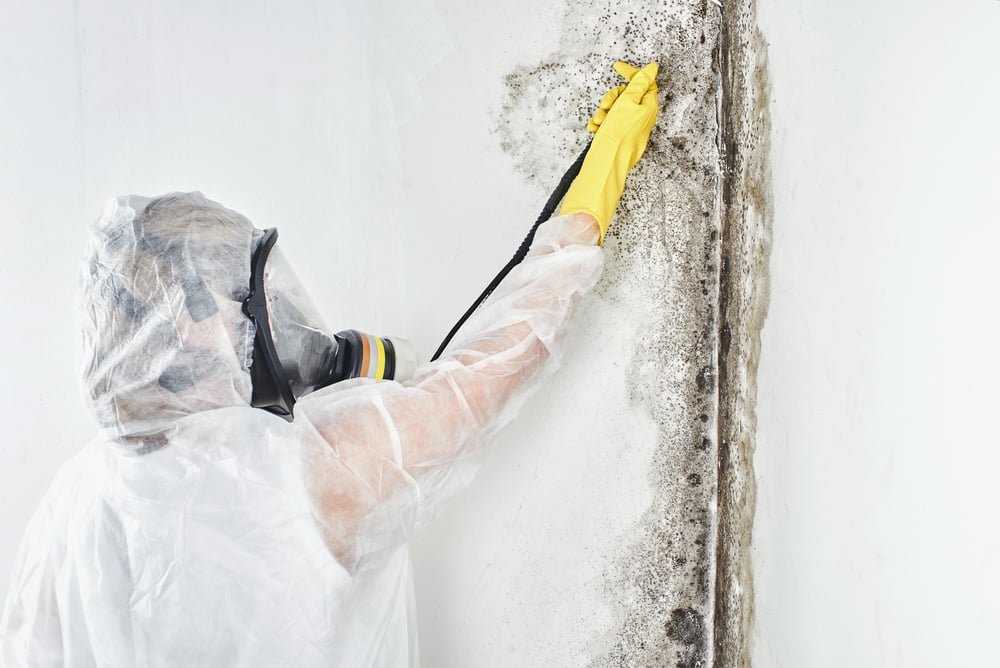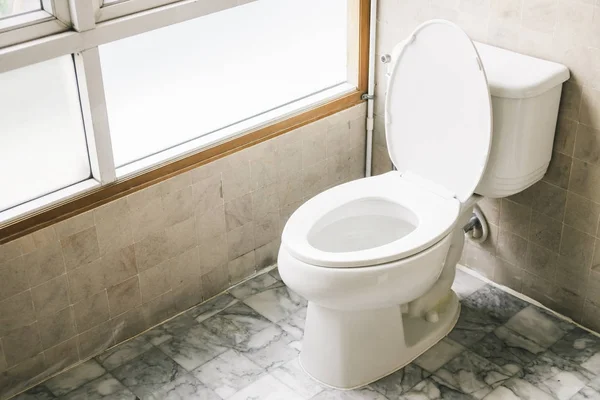One household annoying that can create stress and disturb regular routines is dealing with a clogged drain. If left unattended, a clogged drain whether in the kitchen, bathroom, or somewhere else can soon become a significant annoyance. Fortunately, there are a number of efficient ways to unclog a drain, from do-it-yourself projects to expert interventions.
In this post, we’ll look at six easy methods for dealing with this frequent problem and getting your house drainage back in order.
1. Boiling Water
Can I pour boiling water down the drain? Boiling water is one of the most straightforward and economical ways to unclog a drain. This easy method is very useful for unclogging drains that have soap residue or oil buildup in them.
The water flow is restored when the blockage is melted and flushed away by the hot water. To apply this technique, bring a kettle of water to a boil and slowly pour it down the drain in two or three stages, giving the hot water time to do its magic in between.
2. Baking Vinegar and Soda
A typical do-it-yourself method for unclogging drains is to use vinegar and baking soda together. Together, they produce a fizzy reaction that can aid in clearing out dirt and unclogging obstructed pipes.
First, pour half a cup of baking soda and then the same amount of vinegar down the drain. After letting the combination sit for roughly half an hour, run hot water down the drain. If necessary, repeat this step a few times for optimal results.
3. Plunging
A plunger can be a very useful tool for more stubborn clogs. In order to remove obstructions and restore regular water flow, plunging creates suction and pressure. Make sure there is enough water in the sink or tub to cover the plunger’s bottom in order to properly plunge a drain.
After positioning the plunger over the drain and ensuring a tight seal, push and pull firmly a few times. If it works, the obstruction should clear with a sucking sound.
4. Wire Hanger or Drain Snake
A wire hanger or drain snake can be very useful equipment for clearing obstructions that are farther into the pipes. Make a little hook at one end of a wire coat hanger by straightening it out.
Insert the hooked end into the drain with caution, then gently twist it to catch and remove the blockage. As an alternative, the obstruction can be physically broken up and removed by inserting a drain snake which is accessible at most hardware stores down the drain. Use caution so as not to harm the pipes.
5. Chemical Cleaners for Drains
Although they are a quick and easy way to unclog tough drains, chemical drain cleaners need to be used carefully. These products usually contain harsh chemicals that, if not handled properly, can damage your plumbing system as well as the environment.
If you decide to use a chemical drain cleaning, make sure you carefully follow the manufacturer’s recommendations and take the necessary safety measures, like donning gloves and wearing eye protection. Furthermore, keep in mind that combining different brands of drain cleaners can lead to hazardous chemical reactions.
6. Professional Assistance
It could be time to get professional assistance if everything else fails or if you’re dealing with an especially difficult or persistent clog. Expert plumbers are equipped with specialized tools and knowledge to safely and effectively diagnose and clear even the most difficult drain clogs.
In the long term, employing a plumber can save you time, effort, and potential damage to your plumbing system even though it may come with higher charges.
4 Causes of Clogged Drain
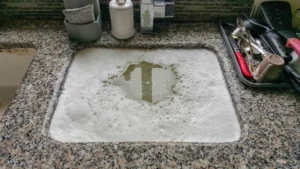
A typical household annoyance that can cause daily disruptions and causing plumbing problems is clogged drains. It’s important to know the primary reasons behind clogged drain in order to avoid obstructions and preserve appropriate drainage in your house.
Hair Accumulation
One of the main things that clogs drains is hair, especially in bathroom tubs, showers, and sinks. Hair strands can gather and tangle with other material over time, including skin cells and soap scum, to create hard-to-remove clogs.
Use a drain strainer or stopper to capture hair before it falls down the drain to avoid hair clogs. Maintaining good drainage can also be aided by routinely cleaning and clearing up hair buildup.
Food Residue
Food residue from sinks and garbage disposals is a major cause of clogged drain in kitchens. Food particles, grease, and cooking oils can build up and impede the passage of water in the pipes over time.
Avoid throwing a lot of food scraps down the drain and always scrape plates and dishes into the trash before rinsing them in the sink to prevent food-related jams. Grease and oil should also not be poured down the drain since they might freeze and create blockages.
Residue and Soap Scum
Clogged drains can also be caused by soap scum and residue from personal care items, especially in bathroom sinks, showers, and tubs. Soap and water minerals can combine to create a sticky film that coats pipes, trapping debris and obstructing drainage.
Since liquid soap tends to leave less residue behind than bar soap, it may be a better option for preventing soap-related clogs. Another way to avoid buildup is to clean and scrub the surfaces of sinks, showers, and bathtubs on a regular basis.
Toilet Paper and Hygiene Products
Toilet paper and hygiene products are frequent culprits in the bathroom when it comes to clogged drains and toilets. Blockages in the toilet’s trap or sewage line can result from flushing too much toilet paper or non-flushable objects like wipes, cotton balls, and feminine hygiene products.
Use toilet paper sparingly and don’t flush anything but toilet paper and human waste down the toilet to prevent clogs caused by toilet paper. If you want to dispose of non-flushable objects in the bathroom, think about setting up a garbage container.
